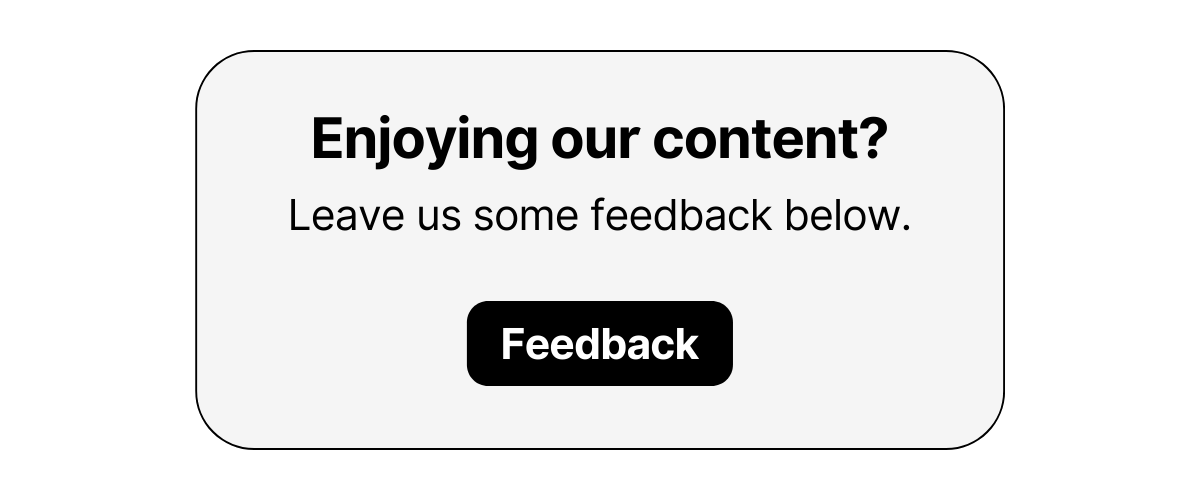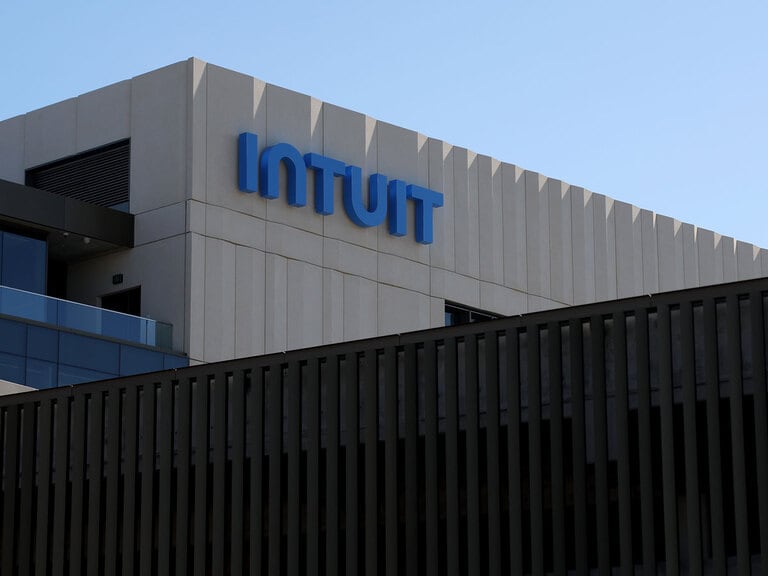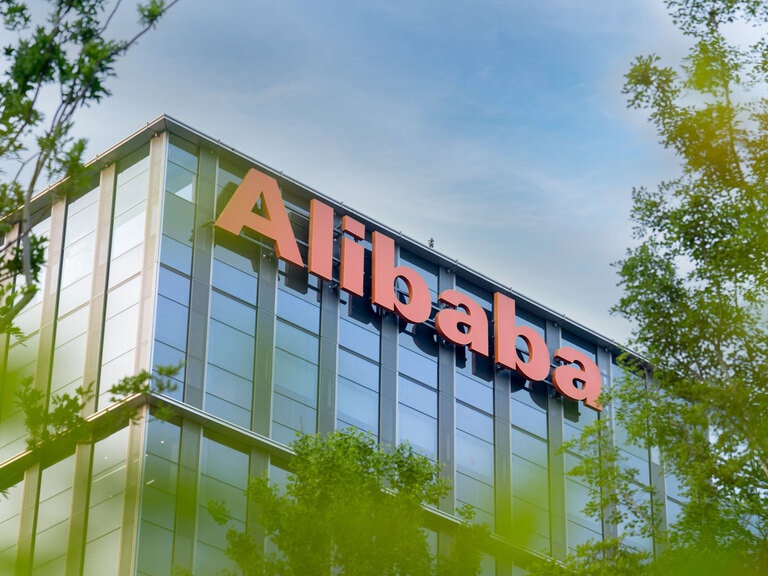Since the pandemic, pet care spending has boomed, with more pets being owned and more dollars spent per pet. Animal rescue centres saw surrenders increase by 25% last year, but the theme still has a runway through four significant verticals: food, accessories, medicine and insurance.
- Global pet care industry set for 8% CAGR, but India’s market could be over 19%.
- Freshpet board braces for proxy fight with activist investor.
- How to invest in pet care: the ProShares Pet Care ETF offers exposure to stocks within pet care, and has gained 6% in the last six months.
Since 1988, the proportion of US households that own a pet has risen from 56% to 66%. Pet owners are not only more numerous than they were in the past, but they also spend more; research from Morgan Stanley equity analyst Simeon Gutman shows that spending on pets went up by 11% during the pandemic and became “increasingly inelastic” — pet spending shows resilience even when households cut their outgoings on other products.
It is for that reason that Gutman described the pet care sector as an attractive “defensive investment”. Morgan Stanley’s research predicts an 8% CAGR for the pet care industry as a whole by 2030.
Simeon Hyman, global investment strategist at ProShares, echoes these views on growth, telling Opto that “more US households have pets (seven out of 10) than children.
“Pet spending skews younger. Gen Z reported spending $1,885 annually per pet, compared to $926 for Baby Boomers… so the demographic tailwinds point toward continued increases.”
There are four significant subdivisions of the pet care theme: food, accessories, medicine and insurance. The fastest-growing of these sub-themes over coming years is set to be insurance. Research from Beyond Market Insights predicts the sub-theme will see a CAGR of 16.30% between 2022 and 2030, reaching $31.13bn by that time. However, all are expected to grow at over 5% CAGR over the coming years.
Within insurance, Hyman highlights Trupanion [TRUP] as “a key player” within the insurance sub-theme. However, the company’s most recent earnings report highlights the challenge that inflation poses to the entire pet care sector: despite enrollments rising 28% and revenues increasing 24% year-over-year, net losses almost tripled, from $8.9m to $24.8m, as veterinary inflation of 15% smashed Trupanion’s forecasts and pushed operating costs skyward.
Purina play for emerging markets
While much of the attention on growing pet ownership focuses on the US, it is emerging markets that exhibit the greatest growth potential, according to Nestle’s [NESN.SW] chief financial officer François-Xavier Roger. Nestle’s pet food brand Purina is “very well positioned in emerging markets because [it is] both in the mainstream segment [as well as] in premium, which is growing very fast as well in emerging markets with the development of the middle class,” Roger told the Deutsche Bank Global Consumer Conference on 8 June.
The pet care market in India, for example, is expected to grow at a CAGR of 19.2% between 2022 and 2032, according to Market Decipher.
Ecommerce has dramatically shaped the development of the pet care theme, especially given how the rise of both was driven by the pandemic’s stay-at-home conditions. In the UK, 8.7% of pet food is bought online, opening new opportunities for retailers such as subscription orders and customised packaging.
Pet care is now such big business that it is commanding key advertising slots. “One of the most popular Super Bowl commercials this year was aired by the Farmer's Dog, a well-known dog food brand that works with nutritionists to curate fresh food for your pet,” as Mia Samson, investment advisor at Gerber Kawasaki, observed to Opto.
Pets, profits and proxy fights
“Some of the popular players are Zoetis [ZTS], Chewy [CHWY], and Freshpet [FRPT],” said Samson.
Freshpet’s most recent earnings report saw a 26.75% increase in sales year-over-year to $167.52m. Those of Zoetis grew 0.70% to $2bn, while Chewy’s increased 14.67% to $2.78bn.
However, despite rising revenues, the three companies’ bottom lines told very different stories. While Chewy increased EPS 400% year-over-year (from $0.04 to $0.20), Zoetis’s EPS fell slightly from $1.32 to $1.31, while Freshpet’s losses of $0.45 per share a year ago widened to $0.52 in the most recent quarter.
It has been a turbulent time for Freshpet since these results were announced. On 24 May, activist investor JANA Partners, which says it holds a 9.3% stake in Freshpet, initiated a proxy fight with the company, alleging that its board have demonstrated poor oversight and accusing certain board members, including president Scott Morris and director David Basto, of conflicts of interests thanks to their involvement with Hive Brands, an online marketplace.
Basto resigned unexpectedly on 2 June, whereupon Freshpet agreed to interview JANA’s nominees for his potential replacement.
Are you finding this content insightful? Leave us some feedback here.
Pet parents face price pressures
One of the biggest macro tailwinds for the pet care industry was the pandemic. With more people spending more time at home, pet ownership rocketed: Morgan Stanley estimates there are now five million more pets in the US than there were pre-pandemic.
However, the rise in living costs that has taken place over the past 12 months is adding pressure to pet owners. Shelter Animals Count, an organisation that tracks animal shelter intakes, saw an increase in intakes of unwanted pets in 2022. The Guardian reported in October 2022 that animal rescue centres saw surrenders increase by 25% last year, with pets — particularly guinea pigs — that were bought or adopted during the pandemic now placing excessive financial burdens on their owners. As of then, pet food prices had risen 0.6% faster than general inflation.
Medical advances
Pet health care is being revolutionised. For example, Elanco Animal Health [ELAN], a former division of Eli Lilly [LLY], is marketing diabetes treatments, SGLT2 inhibitors, for use on pets. Elanco’s CEO Jeffrey Simmons told Bloomberg the company has “added almost 20% to a pet’s life”.
Idexx Laboratories [IDXX], another key innovator in veterinary treatment, on 15 June announced a new diagnostic test for identifying kidney injuries in cats and dogs. With injury accounting for up to a third of the kidney problems that vets are faced with, and causes often being difficult to precisely determine, the new test is likely to lead to improved outcomes for the estimated two million annual veterinary visits that involve kidney problems.
How to invest in pet care stocks
ETFs, or exchange-traded funds, offer an economical and diversified way to invest in a variety of stocks within a particular theme.
Fund in focus: the ProShares Pet Care ETF
The ProShares Pet Care ETF [PAWZ] tracks the FactSet Pet Care Index, which “consists of US and international companies that potentially stand to benefit from interest in, and resources spent on, pet ownership”.
As of 28 June, Idexx Laboratories is the fund’s top holding with a 10.78% weighting, followed by Chewy with a 10.49% weighting. Zoetis is third, with a 10.26% weighting. Pharmaceuticals and biotechnology companies account for 29.66% of fund holdings, while 24.43% are in consumer discretionary distribution, 20.50% in heathcare equipment and services, 15.54% in food, beverage and tobacco, 4.46% in household and personal products, 3.34% in insurance, and 1.49% in consumer services.
PAWZ has gained 6% in the past six months.
Continue reading for FREE
- Includes free newsletter updates, unsubscribe anytime. Privacy policy






